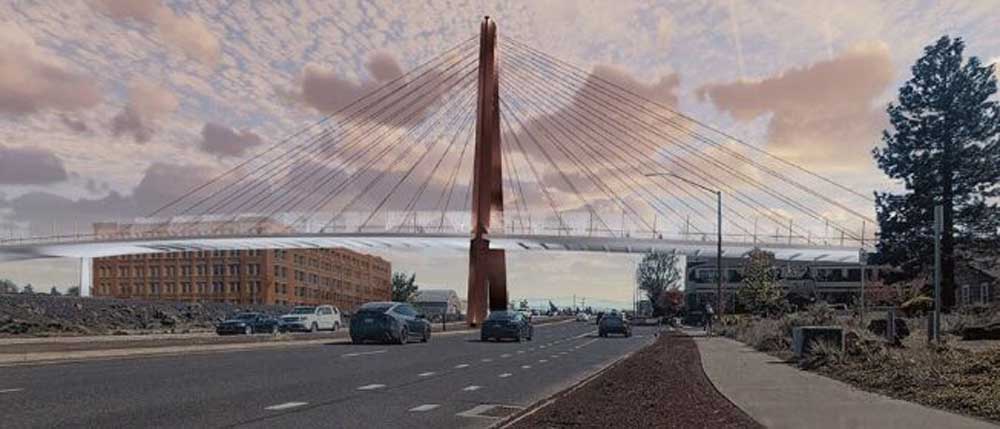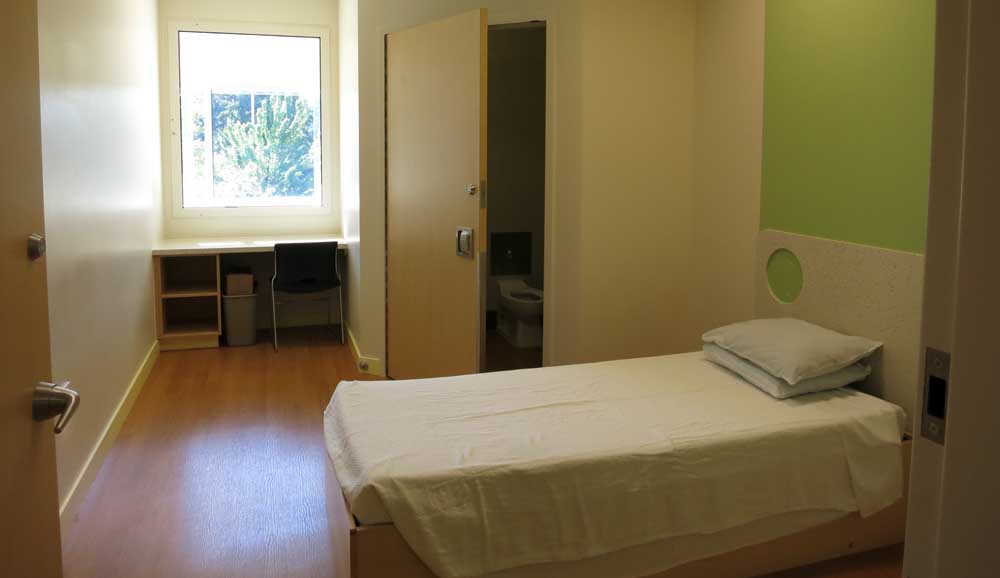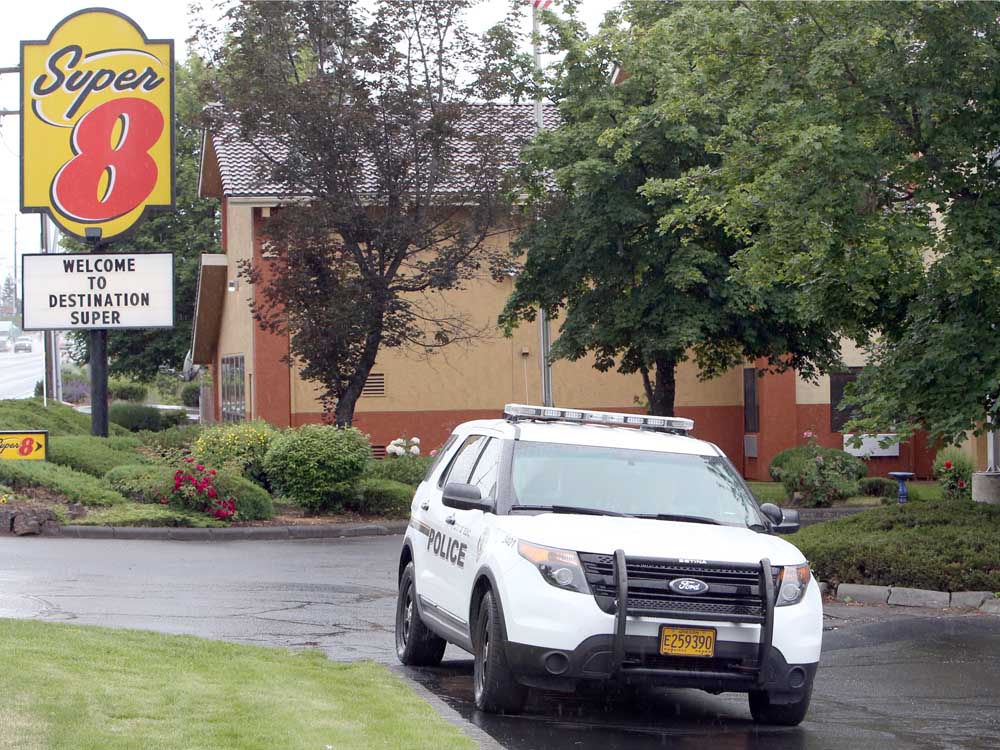Hawthorne Overcrossing: Bend splurges slightly for ‘iconic’ design
Published 2:45 pm Thursday, August 8, 2024

- A rendering of the preferred design the Bend City Council chose for the Hawthorne overpass shows a single tower with cables supporting the bridge's platform.
Bend is due for a signature bridge — and city councilors were willing to pay a little extra to make it happen.
For three years, the city has planned to connect east and west Bend at Hawthorne Avenue with a bridge to carry pedestrians and bicyclists safely over the Bend Parkway and Burlington Northern Santa Fe Railway.
What the overpass would look like was uncertain until Wednesday evening, when the Bend City Council settled on a design: a 110-foot triangular tower anchored in the median of the four-lane parkway and holding metal cables to suspend the bridge over Bend’s busiest north-south thoroughfare.
More than 55,000 drivers a day will pass under the new bridge once it’s constructed by the end of 2027.
Most agreed it would be worth it to build something impressive.
“It will be something that a lot of people see as they’re coming into Bend or going through Bend,” Mayor Melanie Kebler said. “I think there is some value in having it be a little bit more iconic.”
Cost of connection
The bridge will connect to Hill Street on the west side of the parkway and Second Street on the east. The council also chose to eliminate parkway entrances and exits at Hawthorne to reduce safety hazards for people using the bridge.
City staff estimates the chosen design will cost $29 million to $36 million. The runner up design — a bridge built with simple trusses — would have cost $27 million to $33 million.
The final choice was not the most expensive option, which featured splaying towers on either side of the parkway and could have cost up to $42 million.
The city has $41 million budgeted for the project. Councilors picked the fancier design with hopes to cap spending below that.
Final costs won’t be certain until the city sends feedback from Wednesday’s meeting to the Oregon Department of Transportation, the agency in charge of final design and construction.
That arrangement is tied to the project’s main funding source — $32 million in state and federal grants and earmarks, including a $25 million award the city received last year.
Remaining costs will have to come from city coffers. The current budget for the Hawthorne Overcrossing includes $3 million in urban renewal funding and $6.1 million in 2020 transportation bond funding to fill the gap. Both sources could also be used for future transportation projects depending on how much the bridge ends up costing.
Aesthetic choices
The Hawthorne Overcrossing is part of Bend’s Midtown Crossings project, a four-pronged effort to make east-west travel easier in the heart of the city, including on nearby Franklin and Greenwood avenues. Those projects are also drawing from urban renewal funds and the transportation bond.
City Councilor Mike Riley argued the city has too many other important east-west crossings needs to warrant a splurge on a single one, and warned that cost overruns on bridge projects are rampant across the state.
“It really worries me that the more elaborate we get the more likely we’re setting ourselves up for these kind of problems down the road,” he said Wednesday.
Though he said he would like to see the truss design “dressed up a bit,” the crossing beams would be a better aesthetic to match Bend’s historic railroad district.
The truss bridge design was the most popular among 400 people surveyed during public feedback this year, which presented renderings and cost estimates. The most expensive bridge was the second-most popular, while 15% preferred the design picked by council.
Councilor Megan Norris said the single-tower bridge would fit better with what the surrounding area will become. Renderings presented Wednesday showed the towers next to mid-rise developments.
“It reminds me of our mountains,” Norris said. “I just think it’s more of a statement.”
The council’s decision Wednesday kept the project on track to be completed by the end of 2027, a grant funding requirement. Construction is projected to begin in 2026.







